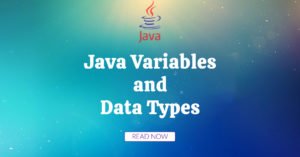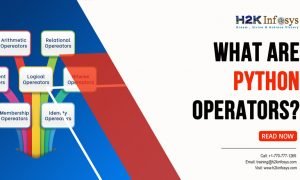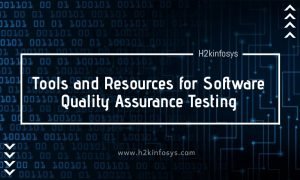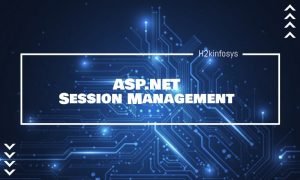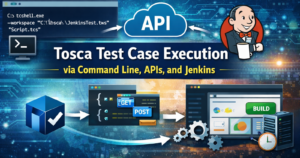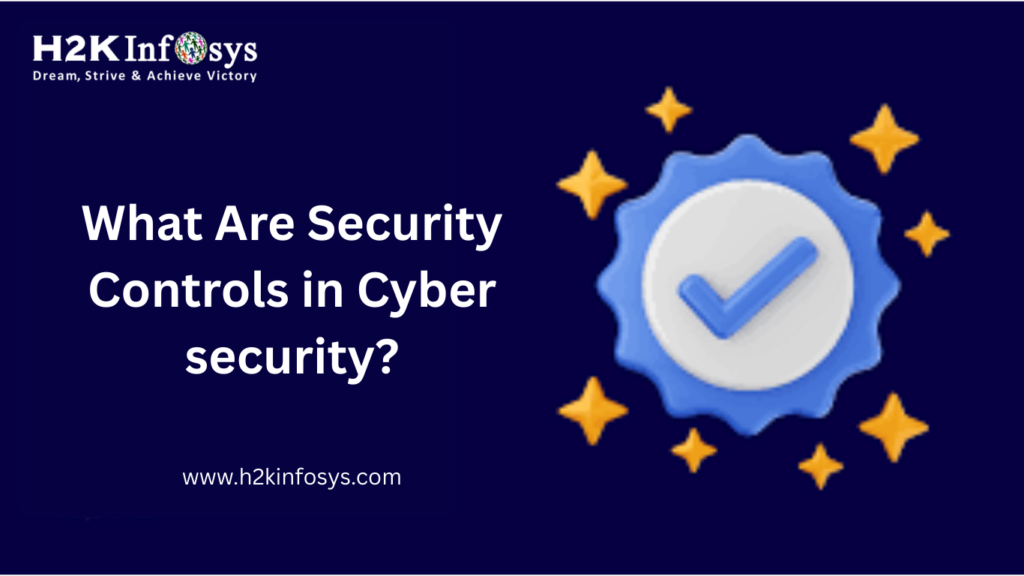Becoming a System Analyst is a rewarding career path that involves working at the intersection of business and technology. To secure a position as a System Analyst, you’ll need to be well-prepared for your interview. This guide covers common System Analyst interview questions, providing insights and example answers to help you excel.
- Can you explain what a System Analyst does?
A System Analyst’s role involves evaluating and creating technology solutions that align with an organization’s business needs. They work closely with stakeholders to gather and document requirements, develop system specifications, and ensure that the final solution aligns with the organization’s goals.
Example Answer:
“A System Analyst evaluates business needs, designs technology solutions, and ensures that these solutions meet organizational goals. They gather requirements, develop system specifications, and collaborate with developers and stakeholders to implement effective systems.”
- What are the key skills required for a System Analyst?
Key skills for a System Analyst include analytical thinking, problem-solving, communication, technical knowledge, and understanding of business processes. Proficiency in project management and knowledge of software development methodologies are also crucial.
Example Answer:
“Key skills for a System Analyst include strong analytical and problem-solving abilities, excellent communication skills, and a solid understanding of both business processes and technical aspects. Proficiency in project management and familiarity with software development methodologies like Agile or Waterfall are also essential.”
- How do you approach requirement gathering for a new system?
Requirement gathering involves interacting with stakeholders, conducting interviews, surveys, and workshops, and analyzing business processes to understand the needs and constraints of the new system.
Example Answer:
“I approach requirement gathering by first meeting with stakeholders to understand their needs and objectives. I use various techniques like interviews, surveys, and workshops to collect detailed information. I also analyze existing business processes and documentation to ensure a comprehensive understanding of the requirements.”
- Can you talk about a difficult project you managed and the steps you took to address it?
This question evaluates your problem-solving abilities and your capacity to manage intricate projects. Be specific about the challenge, your role, the actions you took, and the outcome.
Example Answer:
“One challenging project involved integrating a new CRM system with our existing ERP system. The integration required coordinating with multiple teams and managing data consistency across platforms. I facilitated regular meetings, created detailed project plans, and employed rigorous testing phases. Ultimately, the project was completed successfully, improving data accuracy and streamlining operations.”
- How do you ensure that a system meets business requirements?
Ensuring that a system meets business requirements involves continuous validation and verification throughout the development process. This includes regular reviews, testing, and feedback sessions with stakeholders.
Example Answer:
“I ensure that a system meets business requirements by conducting regular reviews and validation sessions with stakeholders throughout the development process. I also implement thorough testing phases, including unit tests, integration tests, and user acceptance testing, to verify that the system functions as expected and meets all requirements.”
- What methods do you use for system design?
System design methods can include UML diagrams, flowcharts, data modeling, and wire framing. These tools help in visualizing the system architecture and detailing the system components and their interactions.
Example Answer:
“I use various methods for system design, including UML diagrams for visualizing system architecture, flowcharts for detailing processes, and data modeling to define database structures. Additionally, wireframing helps in designing user interfaces. These tools collectively ensure a clear and structured design.”
- How do you handle changes in project requirements?
Handling changes in project requirements involves having a flexible approach and strong change management processes. This includes assessing the impact of changes, communicating with stakeholders, and updating documentation and plans accordingly.
Example Answer:
“When faced with changes in project requirements, I first assess the impact on the project timeline, scope, and resources. I communicate these changes and their implications to all stakeholders and update the project documentation and plans accordingly. This ensures that everyone is aligned and the project remains on track.”
- Can you explain the difference between functional and non-functional requirements?
Functional requirements specify what the system should do, describing the behavior and functions of the system. Non-functional requirements define how the system performs a task, including performance, security, usability, and reliability.
Example Answer:
“Functional requirements outline the specific actions and operations of the system, such as user authentication and data processing. Non-functional requirements focus on how the system performs these tasks, covering aspects like performance, security, usability, and reliability.”
- How do you prioritize tasks and manage time effectively?
Prioritizing tasks and managing time effectively involves using tools like priority matrices, task lists, and project management software. It also requires clear communication with team members and stakeholders to ensure alignment on priorities.
Example Answer:
“I prioritize tasks using a priority matrix to assess urgency and importance. I maintain detailed task lists and use project management software to track progress. Effective time management also involves clear communication with team members and stakeholders to ensure everyone is aligned on priorities.”
- How do you stay updated with the latest technology trends and advancements?
Staying updated with technology trends involves continuous learning through online courses, reading industry publications, attending conferences and webinars, and participating in professional networks.
Example Answer:
“I stay updated with the latest technology trends by taking online courses, reading industry publications, attending conferences and webinars, and actively participating in professional networks. This continuous learning helps me stay current and apply the latest advancements to my work.”
- Can you give an example of how you used data analysis in your previous projects?
Data analysis involves using data to inform decision-making and improve system performance. Provide a specific example where you used data analysis to achieve a positive outcome.
Example Answer:
“In a past project, I utilized data analysis to pinpoint performance bottlenecks within our system. By analyzing user logs and performance metrics, I pinpointed areas that required optimization. Implementing these changes resulted in a 20% improvement in system response times.”
- What role do communication skills play in the work of a System Analyst?
Communication skills are crucial for a System Analyst as they need to interact with various stakeholders, including clients, developers, and management. Effective communication ensures clear understanding and successful collaboration.
Example Answer:
“Communication skills are essential for a System Analyst because they need to interact with diverse stakeholders, such as clients, developers, and management. Effective communication ensures that requirements are clearly understood, expectations are managed, and collaboration is successful.”
- How do you manage conflicts within a project team?
Handling conflicts involves addressing issues promptly, facilitating open communication, and finding mutually acceptable solutions. It also includes understanding different perspectives and working towards a common goal.
Example Answer:
“I handle conflicts by addressing issues as soon as they arise and facilitating open communication between team members. I listen to different perspectives and work towards finding mutually acceptable solutions. My goal is to ensure that the team remains focused and productive.”
- What is your experience with Agile methodologies?
Experience with Agile methodologies can include working in Scrum or Kanban teams, participating in sprints, and using Agile tools like Jira or Trello. Describe your involvement in Agile projects and how it has benefited your work.
Example Answer:
“I have extensive experience with Agile methodologies, having worked in both Scrum and Kanban teams. I have participated in sprints, daily stand-ups, and retrospectives. Using Agile tools like Jira and Trello has helped me manage tasks efficiently and deliver projects incrementally, ensuring continuous improvement and stakeholder satisfaction.”
- How do you ensure data security and compliance in your projects?
Ensuring data security and compliance involves following best practices, such as implementing encryption, access controls, and regular security audits. It also includes staying updated with relevant regulations and standards.
Example Answer:
“I maintain data security and compliance by adhering to best practices, including implementing encryption, enforcing access controls, and conducting regular security audits. I stay updated with relevant regulations and standards to ensure that our systems meet all necessary compliance requirements.





